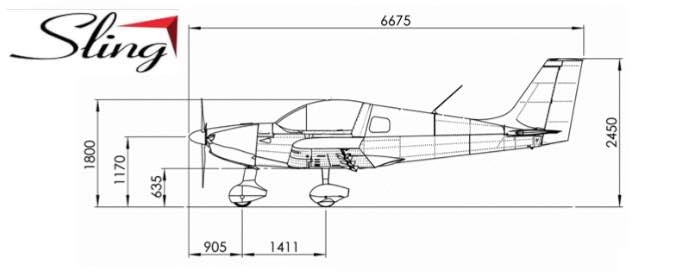Mounting the control tubes in the center fuselage is very much like the process for the rudder pedals. Once again, clearance and alignment prove to be the main variables.
A couple of important discoveries made a big difference. The first discovery was that the elevator and flap torque tubes are not perfectly straight. They’re close, but they are not absolutely perfect. With an ever so slight bow and four bearing points, over a meter of distance, the centers of the bearing bores present different impacts, depending on rotational position of the tube. The variations are tiny, but if the bearing clearances are too tight – you get a surprising amount of binding.
The other discovery was that not all of the bearings have identical inner diameter. It’s a long story, but I ended up with a few extras and happened to find one that has good bit looser fit on the elevator torque tube.
The bearing with the looser fit proved to be ideal, when I put it at the LH end of the elevator torque tube. Careful dressing of the fuselage brackets and the retainer brackets with the Dremel sanding drum resulted in perfect fits everywhere – and fantastically smooth action.
Careful observation of how the bores of individual bearings center around the tube allowed me to ever slightly shift those centers in good directions as I opened the U-shaped bearing capture areas to eliminate pinching of the bearings around the tube. Each custom fit retainer bracket and bearing is marked for a specific location and orientation. I’m confidently optimistic that there will be just enough clearance for friction free operation after the retainers are permanently riveted.
At the moment, the flap torque tube movement is good, but it isn’t quite a limber as the elevator tube. It’s not of great concern. The flaps are driven by a linear actuator and won’t be anything I notice in the hand controls, which will be effortlessly smooth.
The two main control stick tubes are each supported by a pair of bearings along the roll axis. The front bearing is captured by brackets with U-shaped retainers, top and bottom, that are rigidly riveted to the structure at the front of the main wing spar carry-through.
The upper retainer should have been riveted before the carry-through structure was mated with the surrounding center fuselage members. This is another instance of the factory failing to comply with documented assembly details.
I can’t really get good enough access for confident pulling of 4,0 x 10mm rivets, so I’m going to use screws and elastic stop-nuts for the uppermost holes and (probably) use rivets for the balance of bracket mounting holes. I’ve got to end up with good alignment and enough clearance so that the bearings don’t bind when the brackets get pulled down. I’m certain that the retaining brackets are going to shift slightly from their un-riveted positions. I might use screws after all. That would make it reasonably straightforward to take it all apart and re-tweak the final fit until I get it right. Absolutely no binding will be tolerated. Smooth, smooth, perfectly smooth – that’s how it will be. Period.
